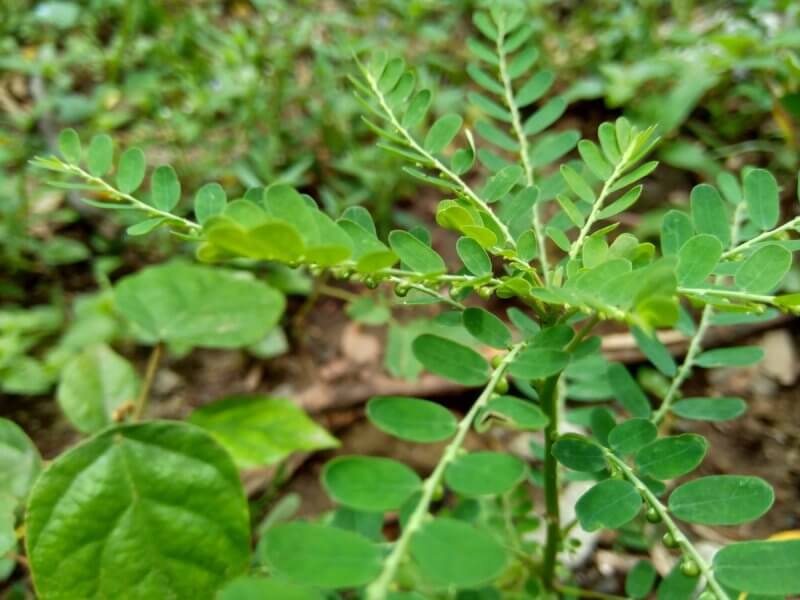
Common Weeds in Florida and How to Treat Them
Thanks to our temperate, humid climate, Florida makes for an optimal place for a thriving lawn. However, like just about anywhere in the world, lawns in Florida can be plagued with weeds. To keep your lawn healthy and looking its best, it is important to know what to look out for so you can get rid of any weeds as quickly and effectively as possible.
Here’s a look at some of the most common types of weeds that grow in Florida lawns.
Common Crabgrass
Crabgrass is a weed that thrives in warm weather, so it is right at home here in Florida. You’ll typically find this type of weed from spring to fall, and it will grow anywhere with sunlight, water, and bare soil. If you have any bare patches in your lawn, these are prime locations for crabgrass to take root. It is crucial that you treat any crabgrass you find right away, as an invasion can quickly become out of hand. As the crabgrass sprawls across your lawn, it will become more and more difficult to treat, so quick action is essential. Once you have cleared the weeds, fill in any bare patches with grass seeds or fresh sod to prevent the crabgrass from coming back.
Doveweed
Doveweed is another warm-weather weed that is most prevalent during the summer. However, it begins to germinate in the late spring, so it is important to stay on top of it as soon as the weather begins to warm up. You’ll need to be extra vigilant if you have St. Augustine sod in your lawn, as doveweed looks incredibly similar. The leaves have a shiny, rubbery texture, which closely resembles St. Augustine grass. This type of weed thrives in wet areas, so to keep it at bay, make sure your lawn drains well and doesn’t get overwatered. If the drainage is poor, make the effort to correct this issue before the next wet season hits to prevent doveweed from taking root.
Dollarweed
Sometimes called pennywort, dollarweed is another weed type that grows well in warm weather. To identify this weed, watch for its leaves, which are round, green, and somewhat reminiscent of lily pads. The leaves are about the size of silver dollars, hence the name dollarweed. Like doveweed, dollarweed prefers wet environments, so proper drainage of your lawn is crucial. Dollarweed targets thin areas of your lawn, so fertilize as needed to keep it thick and lush, leaving little room for dollarweed to establish itself.
Perennial Kyllinga
This family of weeds likes wet areas as well, so again, take care to improve your lawn’s drainage to avoid any soggy patches. Kyllinga weeds prefer lawns that are tightly mowed, so keep your lawn at one inch or taller to avoid attracting them. These types of weeds have a finer texture than many of the others listed here, so you’ll need to watch carefully to identify it as it emerges.
Spurge Weeds
Weeds in the spurge family typically grow low to the ground, so you’ll have to watch out for it carefully if you like to keep your grass on the longer side. When you find spurge in your lawn, it is essential that you pull it right away. Spurge weeds produce large amounts of seeds and mature in just a few days, so they can spread across your lawn rapidly. If you are able to catch spurge before it matures, you can prevent it from spreading its seeds and taking over your lawn.
Chamberbitter
Commonly called gripeweed, chamberbitter typically begins growing early in the summer. It grows upright, making it easy to spot above the blades of grass. However, it grows from a primary taproot, which can make it somewhat difficult to remove. When pulling chamberbitter, do your best to get as much of the taproot out of the ground as possible. If you break the plant off at the base of the root instead of pulling it out, it will continue to grow back until you can kill the taproot.
Restore Your Lawn with Fresh Sod Care
Chemical weed treatments can often kill off parts of your lawn as well as the weeds, and Duda Sod is here to help you bring it back to its previous appearance. With fresh sod, you can fill in any bare or dry patches to make your lawn look lush and healthy once again. Reach out to our team today to learn more and get started.